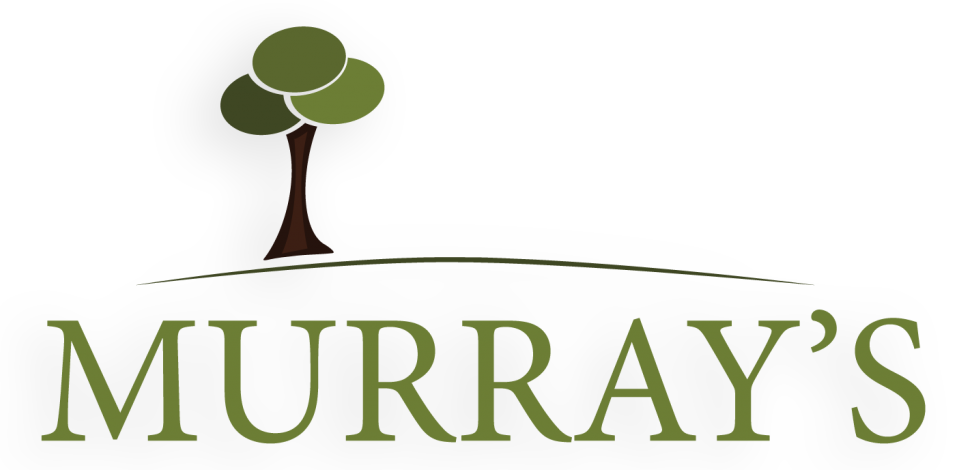All cool season grass should be aerated and overseeded each fall to keep it thick, lush, and healthy.
Cool Season grasses include fescue, rye and bluegrass.
Core Aeration
Core aeration is the process or removing small plugs or “cores” of soil and dry grass to reduce lawn compaction and make room for increased absorption of oxygen, water and nutrients. Overtime your the soil in your lawn become compacted which makes it difficult for grass to establish deep roots and nutrients to reach those roots. This results in a shallow root bed and an unhealthy lawn. By removing small cores of soil, aeration makes room for oxygen, water and other nutrients to reach deep down and the soil which provides for a stronger, healthier, and greener lawn.
Benefits of Aeration
- Reduced Soil Compaction
- Improved Rooting
- Improved Water Penetration
- Increased Absorption of Oxygen
- Reduced Water Runoff & Puddling
- Better resiliency and cushion
Overseeding
Overseeding typically follows aeration to fill in weak spots and ensure a lunch and healthy lawn. Seeds germinate more efficiently in the open spaces because of greater soil contact. Overseeding in itself aids in weed prevention because the new grass is able to crowd out potential weeds. Make sure to overseed immediately following lawn aeration in the fall to guarantee a lush and healthy lawn. Aerating and Overseeding cool season grass in the Springtime does not give the grass enough time to establish a strong root system before the strong heat of the summer which will ultimately cause the grass to thin out and be highly susceptible to weed invasion.

